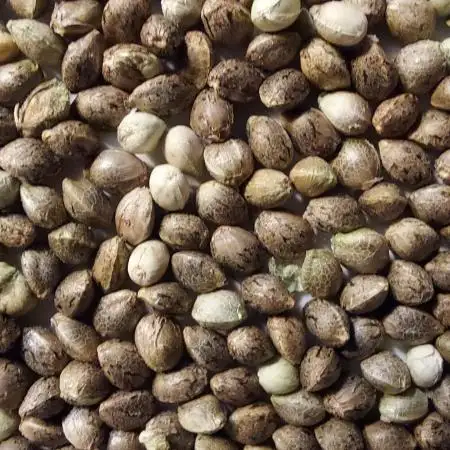The Grow Awards 2026 🏆
Are my plants actually blooming already in June, i...
SchwobaGrowstarted grow question 6mo ago
Are my plants actually blooming already in June, in middle Europe? Or could it be something else? Also what can I do about cicadas?
Solved
likes
Radagast_answered grow question 6mo ago
Yes, that's nothing strange... the longest day was June 21st, if I'm not mistaken, since then the days get shorter and the plant can start to bloom from then on... sometimes it's enough to just realize that the days are shorter, and sometimes it's necessary to really reach 12 hours day and 12 hours night, so that a plant in Europe can start blooming at the end of June, and it can also start at the beginning of September, everything depends on the year and from genetics to genetics.
Ratleanswered grow question 6mo ago
Yep, without any diary details she has been given the green light because of her environment. Or like was mentioned, auto will flower no matter what.
1 like
Complain
00110001001001111Oanswered grow question 6mo ago
yes.. unless it's an "autoflower" it's from the lengthening nights.
The "12 hours" people use for indoor plants is longer than necessary to cover genetic variety. 10+ hours is roughly when it 'can' start to flower. Some may start earlier than others and 12 hours safely covers this range of possibilities.
you are 2-3 weeks into flower. You can look back at sunrise/sunset from 3 weeks ago and guesstimate when it went into flower. twilight is too bright, so the length of night is maybe 1 hour shorter than sunrise/sunset?
a sudden drop is not the trigger (unless it is long enough cycle of darkness, but the sudden drop itself is not the cause), and overcast days are not dark enough. Neither can trigger flower phase in marijuana. e.g. going from 20h to 15h will not cause flower. Giving longer than 10 hours of darkness well regardless of how much time was lopped off from light schedule before.
https://youtu.be/5KSLG9heBe0 -- gives an example of how dark it has to be in a specific way.
How it works... don't need nitty-gritty details. It's not unlike how birth control works in humans.. (though BC manipulates a "negative" feedback loop and this is a "positive" feedback loop)
A particular molecule is produced in darkness. If levels of this hormone buildup beyond a particular threshold, the plant goes into flower. It requires a minimum length of uninterrupted dakrness to occur.
From video:
.006 PPFD can prevent flower. (in micromoles)
The full moon on a clear night is .0016 PPFD ... so light about 4 times brighter than the moon can cause a revege or prevent flower phase from occurring. Don't need a meter to see that an overcast day cannot cause flower phase.
These numbers have some leeway. Previous testing showed slightly different values, so just get the gist of it and don't be too literal about it. He mentions it in either this video or another if you want to compare. You'll have to find it on your own, though.
1 like
Complain
Shinsimillaanswered grow question 6mo ago
Yes, 100% flowering.
Looks at least 2 weeks in too.
Some plants don't listen to the rules, but if this plant was started indoor under around 18h of light and you move it out, it can start flowering from the sudden drop.
Otherwise a few overcast days in a row can also trigger it.
As far as the cicadas, I can't think of anything besides removing them by hand.
Now that you are in flower, you don't want to be spraying anything on your plants.
2 likes
Complain








